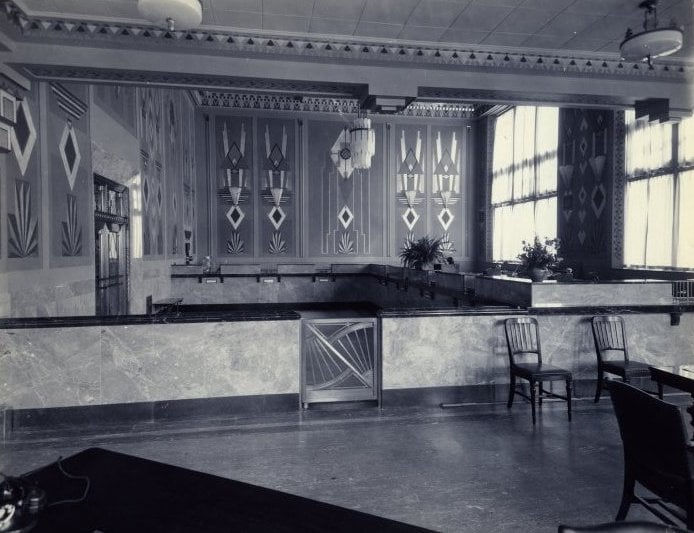A Cottage along the Cass River
- Castle Museum

- Jan 29, 2021
- 2 min read
A new exhibit at the Castle Museum celebrates the history of Bridgeport Township and the accomplishments of the Bridgeport Historical Society. In the exhibit, we recount the early history of Bridgeport Township. Formed in 1848, it included much of the eastern portion of Saginaw County. Later, other townships were formed leaving a six-mile square township. The community’s location along the river had long made the site important for the native population. The rich soil made the land ideal for farming and attracted settlers in the nineteenth century.
In the late 1840s, a sawmill was constructed in Cass Bend – what is now the Village of Bridgeport. During the lumbering boom over a billion feet of logs were rafted on the Cass River. While much of this timber was processed in Saginaw, in the years following the Civil War, shingle mills were constructed in the area. Because of the high-quality pine that grew along with the Cass, Bridgeport shingles were highly regarded. It was reported that some homes in Saginaw had Bridgeport wood shingles that lasted over half a century.
Its location positioned the village directly in the path of land transportation routes between Saginaw and Detroit. Trails, plank roads, railroads, interurban, and highways – all have connected through Bridgeport. Throughout its history, rich farmland has been an integral part of the township’s economy.
However, one of the quotes we included in the exhibit, hints at an often overlooked aspect of the region’s story. In his history of Saginaw County, author James C. Mills notes that it is “so situated amid beautiful surroundings to be the Mecca of Saginaw people in their summer outings and picnics.” In the early twentieth century, some Saginaw families extended their “outings and picnics” and had cottages in the rolling hills along the Cass River in Bridgeport and Frankenmuth Townships. The landscape was beautiful and provided easily accessed relief from the summer heat of an industrial city. [Even in the days before I-75 the Dixie Highway and the Interurban made transportation easy.} The Castle Museum’s collection includes drawings by Saginaw architects Frantz and Spence for a 1927 addition to the Will A. Brewer family cottage.
At the same time that Brewer, a prominent Saginaw businessman, engaged Frantz and Spence to plan this project, he had them prepare drawings for the sunroom for his city home.











